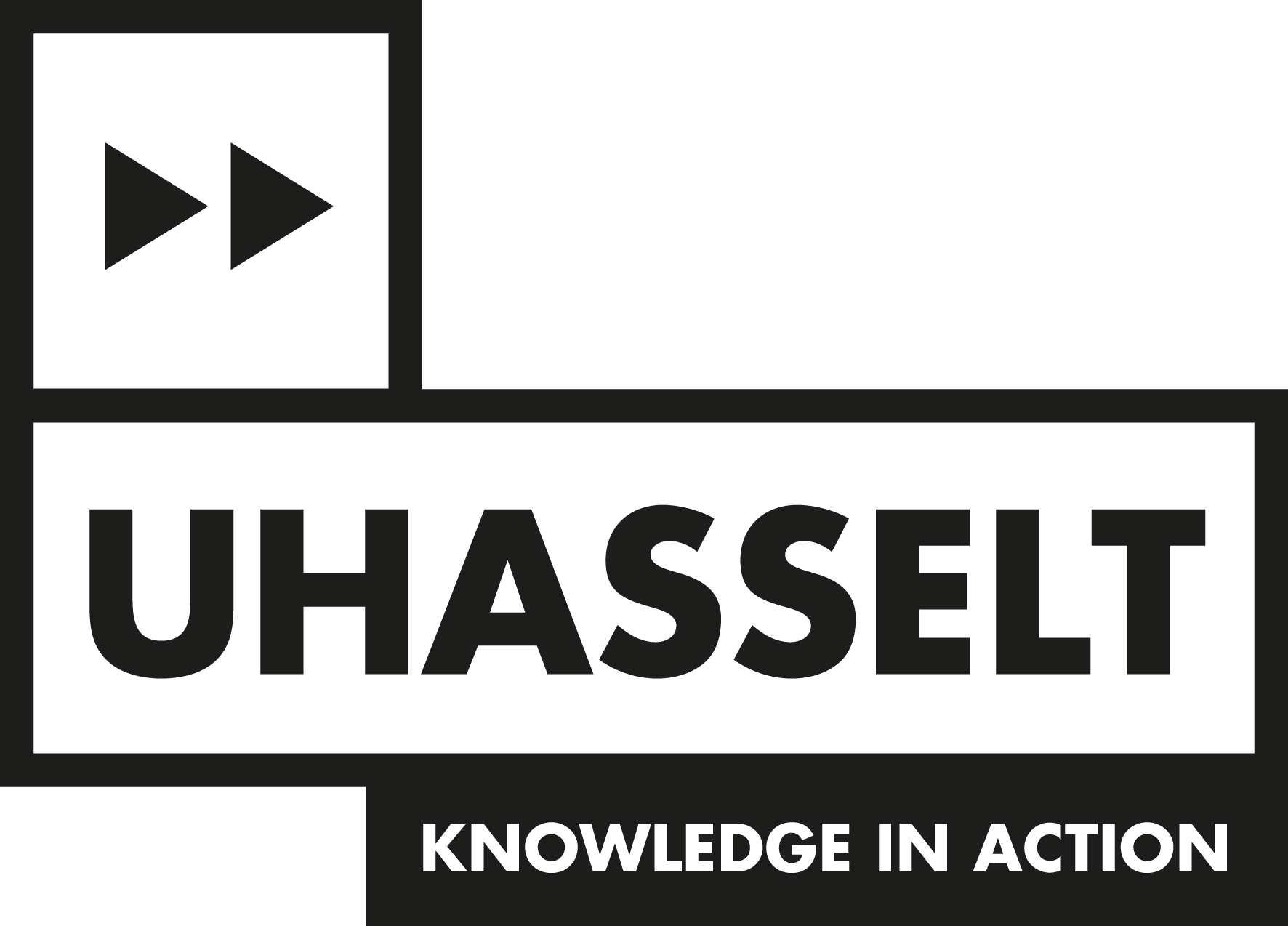PhD student Rehabilitation Sciences and Physiotherapy - Cerebellar ageing and its impact on motor control (100%)
View the content of this page
View the content of this page
